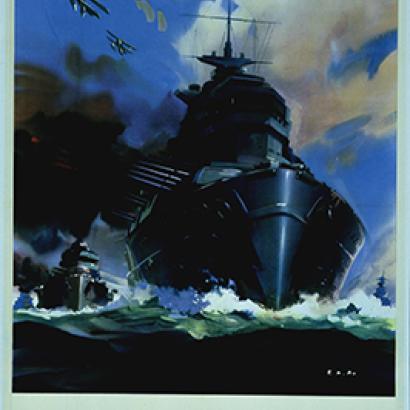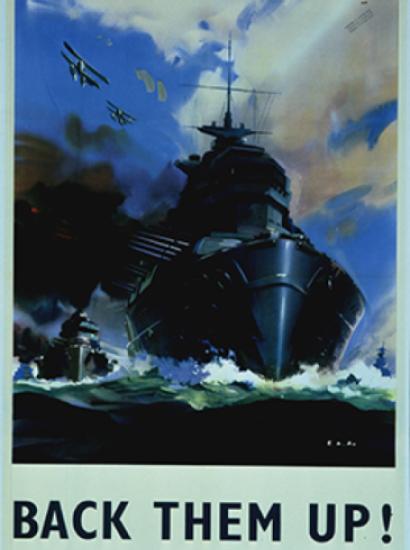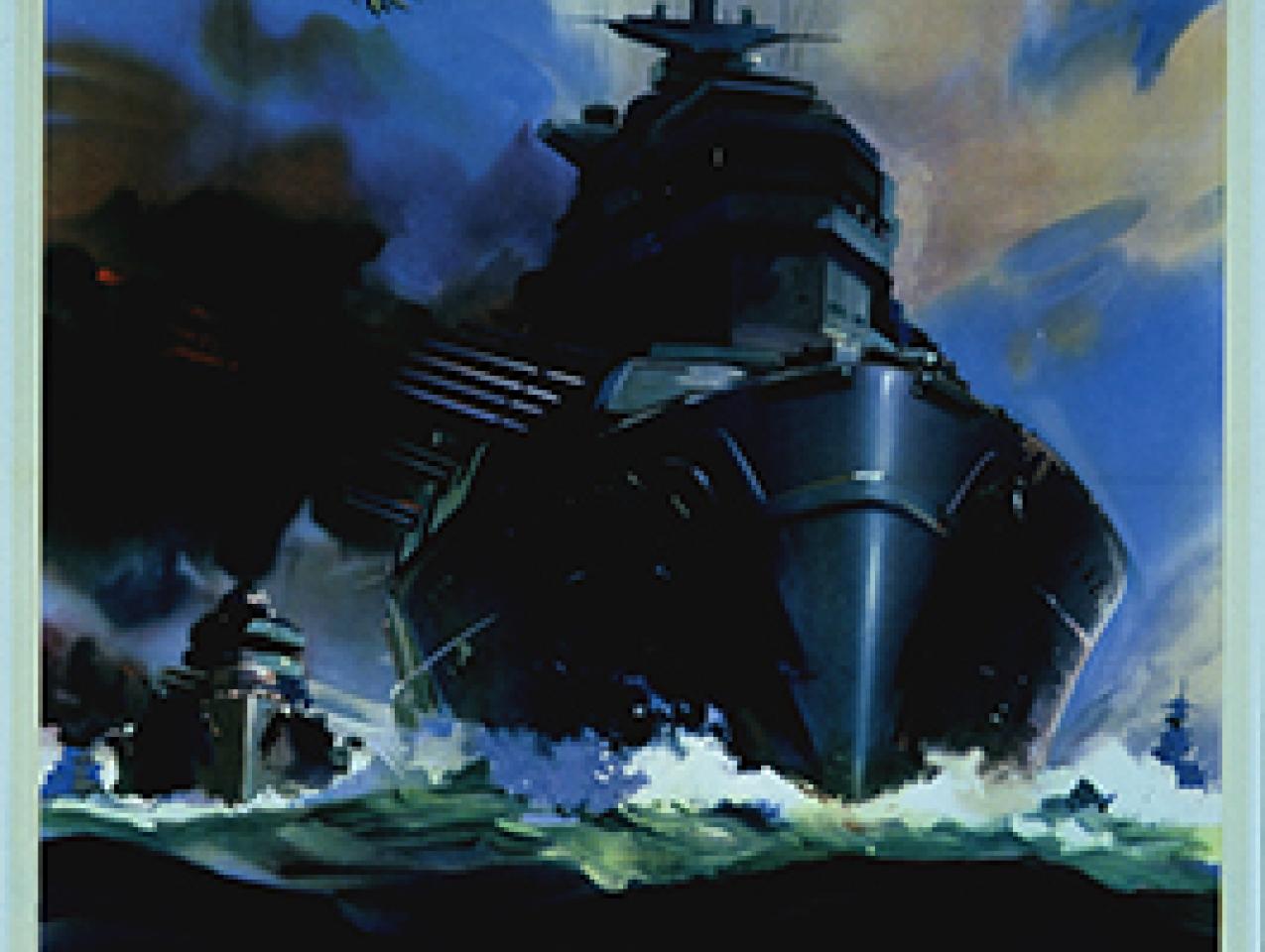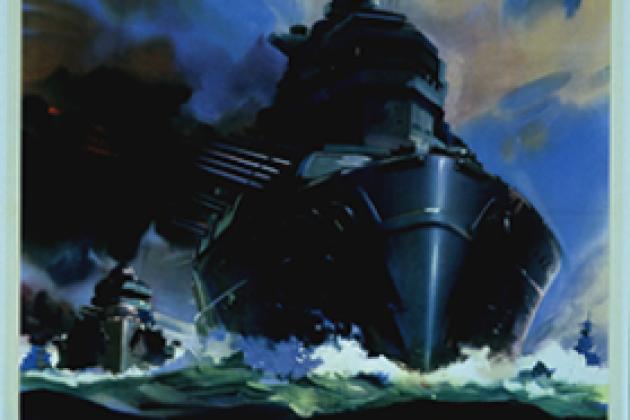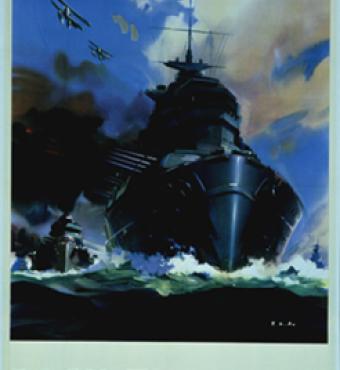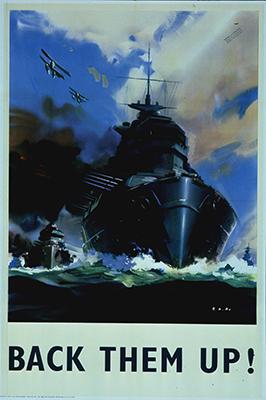- History
- Military
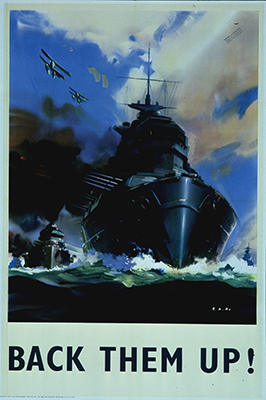
Whether one talks about grand strategy or military strategy, one must recognize both the crucial importance of means–end analysis, and also of geography. Not surprisingly, given the contempt the German military displayed towards strategic thinking in the two world wars they fought and lost, the Reich’s naval leaders and the Kaiser ignored those two crucial elements in developing the High Seas Fleet in the period before the Second World War.
Believing that they could build and man a battleship fleet that the British could not match, the Germans plowed ahead. What they ignored were the following realities: First, Britain’s geography meant that the British Isles were ideally placed to block the High Seas Fleet from the world’s oceans. Second, in terms of means–end analysis, the British could concentrate on building up the Royal Navy’s battleship fleet, because with no direct land threat they could afford to spend far less on its army than was the case with the Germans. In 1912, with serious threats on the continent, partially manufactured by the stupidity of their own foreign policy, the Germans had to increase the army’s budget and pull back on naval construction. In other words, just like the French in the eighteenth century, the Germans could not afford to support both an army sufficiently large to meet its land threats and a navy to challenge the Royal Navy, even for control of the North Sea.
In every sense, the High Seas Fleet was a disaster. It pushed Britain into an entente with France and Russia and made Britain’s entrance into the First World War at its start a given. Moreover, the High Seas Fleet remained in its harbor for virtually the entire war with only a few exceptions. Furious at the British blockade and its baleful influence on their ability to pursue the war, the Navy then launched unrestricted submarine warfare against British commerce and thereby insured that the United States would enter the war. And then to top it off, the incompetence of its admirals, in planning a suicidal death ride down the English Channel, was largely responsible for the outbreak of the German Revolution in November 1918.
As Mark Twain is reputed to have remarked (he didn’t), “history doesn’t repeat itself, but it does rhyme.” A somewhat analogous situation is playing itself out with the rise of China as not only a great economic power, but a military one as well. One might explain the creation of artificial island bases in the South China Sea as a Chinese effort to protect the Strait of Malacca through which so much of China’s vital commerce flows and will continue to flow. But the indication that they plan to build at least five nuclear-powered aircraft carriers suggests far more: that their naval strategy aims at directly challenging the United States for control of the global commons in the long run.
Yet, such a strategy makes little sense in terms of the geography of the Western Pacific rim. The island chains, the first running from the Philippines north through Taiwan and then through to Okinawa and Japan, represent as great an impediment for the Chinese as the British Isles did for Germany. That simple geographic reality explains why the Chinese are so interested in claiming them, and then probably, if not challenged, in building an artificial island base on the Senkaku Islands, the uninhabited islands between Taiwan and Okinawa. Behind the initial barrier of the Philippines, Taiwan, and Japan lie the various Pacific island chains beginning with the Marianas and the great American base on Guam. Geography suggest that China is in a similar position to what Germany confronted in the early 1900s. It would appear to this writer that anything like an attempt to challenge the Americans beyond the immediate confines of China’s coast makes little sense. The best that the Chinese can hope to achieve is to keep the Americans out of the area that lies between a line drawn through the Philippines, Taiwan, Okinawa, and Japan. To attempt more than that would be a disastrous waste of Chinese resources, which from the American point of view is to be devoutly wished for.







